If not... well... how does your brain work, then? I'm really interested, because it seems like such a normal thought to me, and I'd be curious to know how someone thinks who doesn't have that thought. When I was a kid, I had a fake flower (pink, but yellow on the inside) that I liked, so I dis-assembled it, and found to my dismay that it was made of a bunch of non-flowery templates and a lot of glue, and I couldn't get it back together. Bummer. But my skills have improved, and I now know how to do it! Today's post doesn't fit neatly into any of my categories... so I've tagged it Hand Sewing (because I hand sewed it), Alteration (although "transformation" would be more apt), and Millinery (because that's the best use I can think of for the flower when it's done). TURNING A FLOWER INTO A FLOWER IS REALLY A LATERAL MOVE... Start with a fake flower, preferably of good quality. The cheaper ones shred when you try to take them apart, but a nice fabric flower, with ombre dyeing or a satiny texture, usually withstands the operation better. The first thing you have to do is figure out whether the plastic stem has a metal core to it. This is easily ascertained: try to bend it; if it stays bent, it has wire in it. So don't use your nice sewing scissors to try to cut it! When it comes time to cut, try kitchen shears, or wire cutters. Sometimes pliers have a cutting edge at the inside, close to the hinge. Here's a pretty black rose my housemate had tossed in the giveaway bag:
Soon I have three piles: petals, leaves, and trash. The petals are templates with three petals each, arranged around a center; they look like propellers. The nicer the flower, the more variety to their shapes and textures. These black petals are concave and different sizes. The center ones were glued pretty firmly to a styrofoam "bud" shape, so I had to discard the innermost propeller.
The next step is to sew the leaves onto the bottom of the flower, taking care to position them so they're visible from the front side when it's done. This flower is a whole lot softer and more versatile than the original. It doesn't have styrofoam or plastic in it, and it can be attached to clothing or hats or pins. If you use it to embellish clothing, you might want to remove it before laundering... I'm not sure how well it'll keep its shape in the wash. The two problems I foresee are first that it might fray, and second that it might lose its contours. But you could easily attach it to a pin, and then pin it to your clothes. Or do like our grandmothers did and baste it on, then cut it loose when you wash the dress, then baste it on again. Dry-cleaning should be fine. I don't think this one is quite done yet... I feel like it needs something in its center. Like beads: But there's no point finishing it before I know where I'm gonna use it! Once it has a place, I'll pick a center that works for the whole project.
0 Comments
Leave a Reply. |
Karen Roy
Quilting, dressmaking, and history plied with the needle... Sites I EnjoyThe Quilt Index Categories
All
Archives
March 2024
|
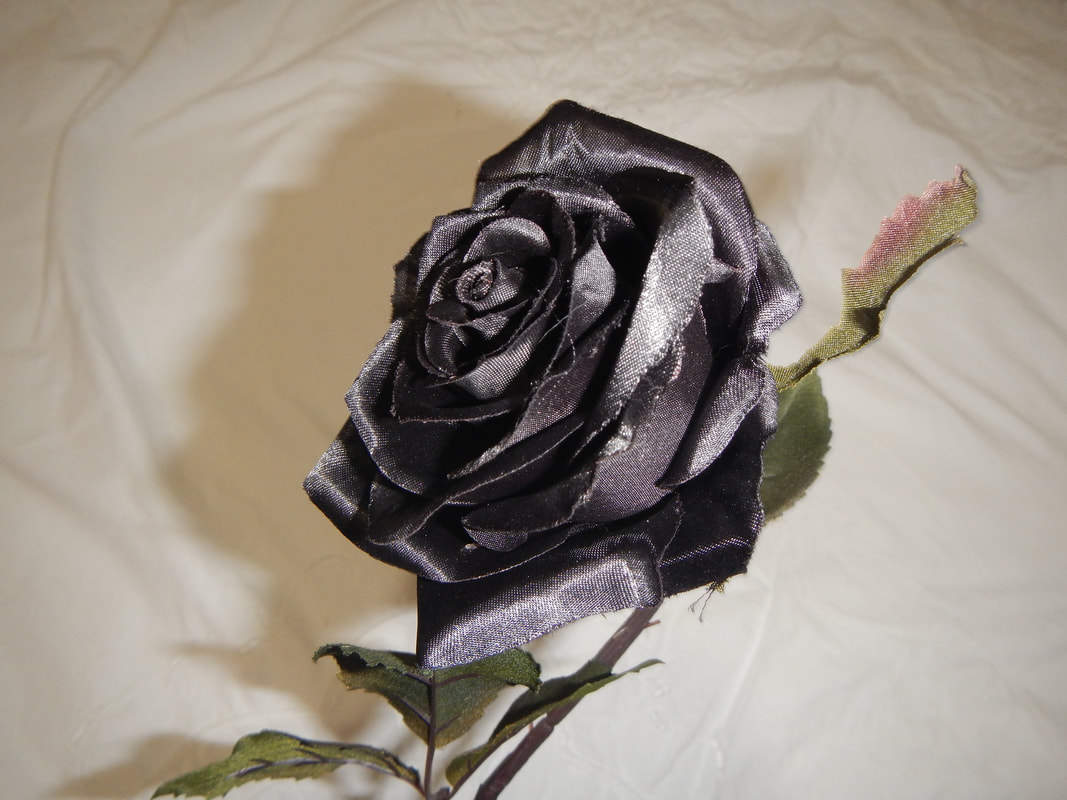
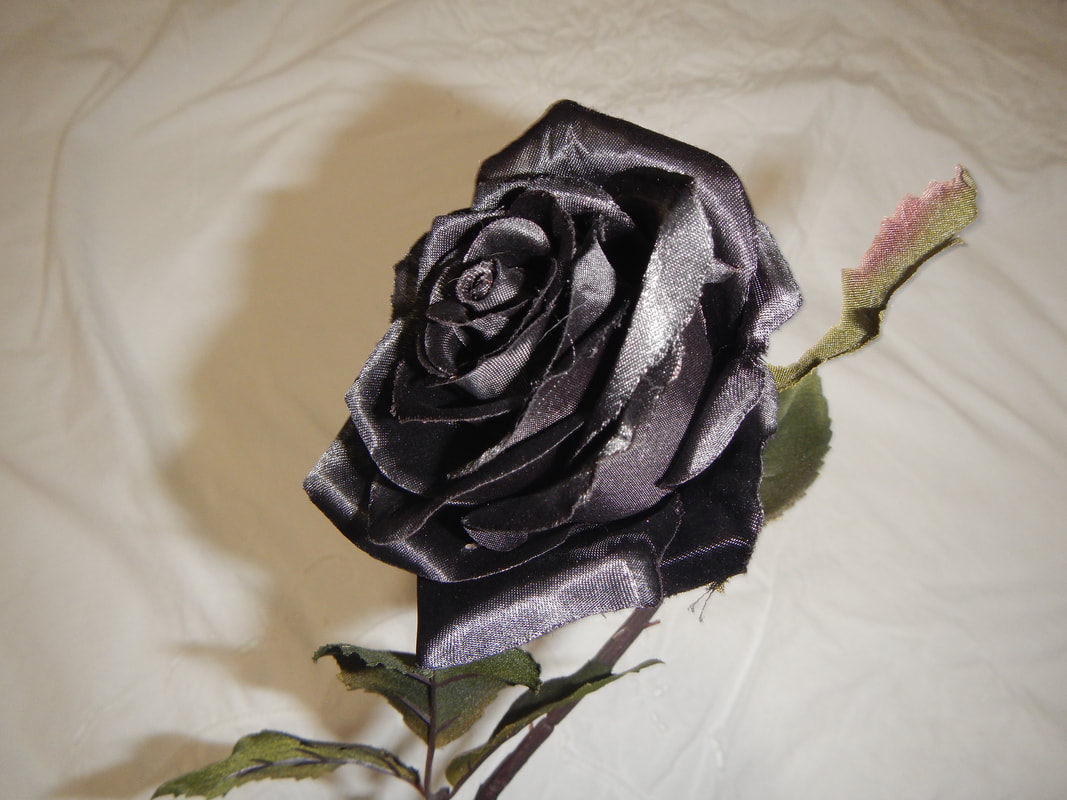
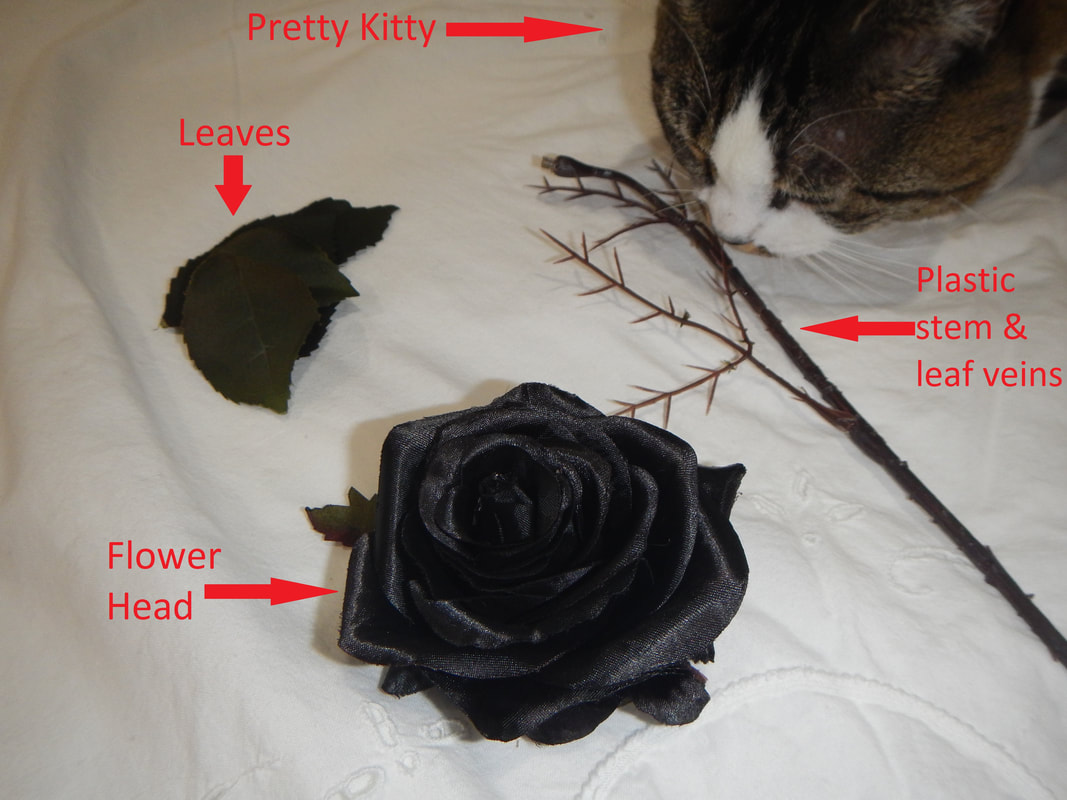
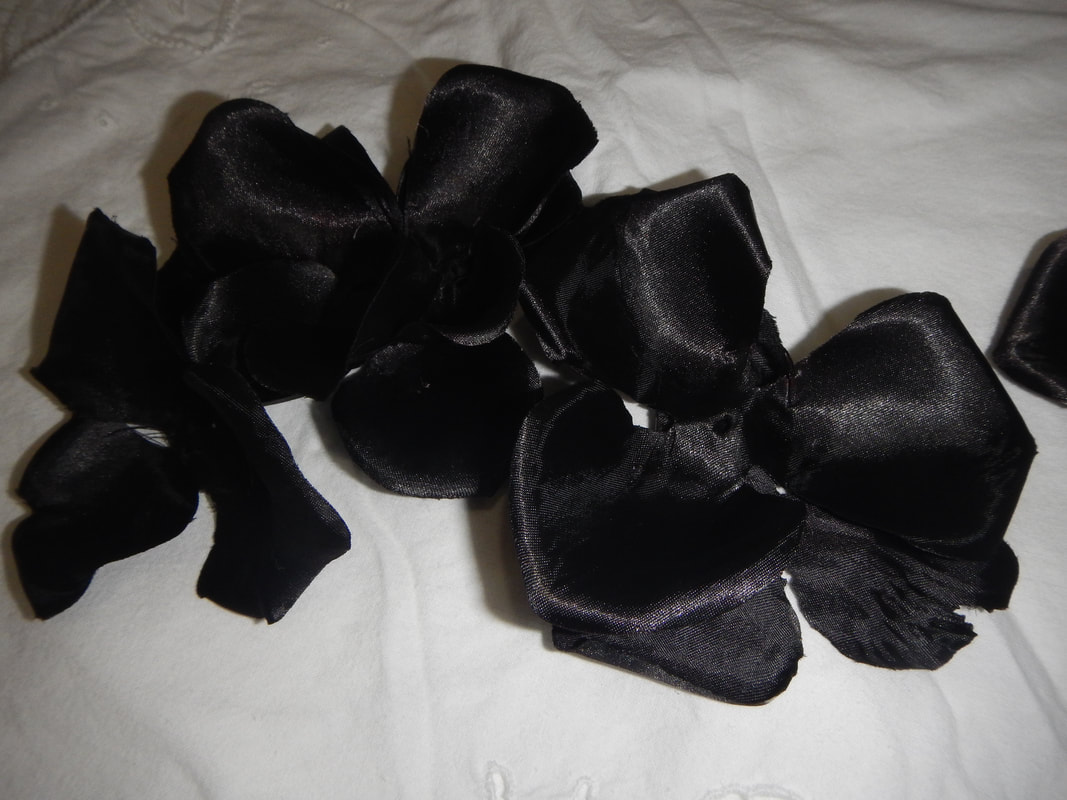
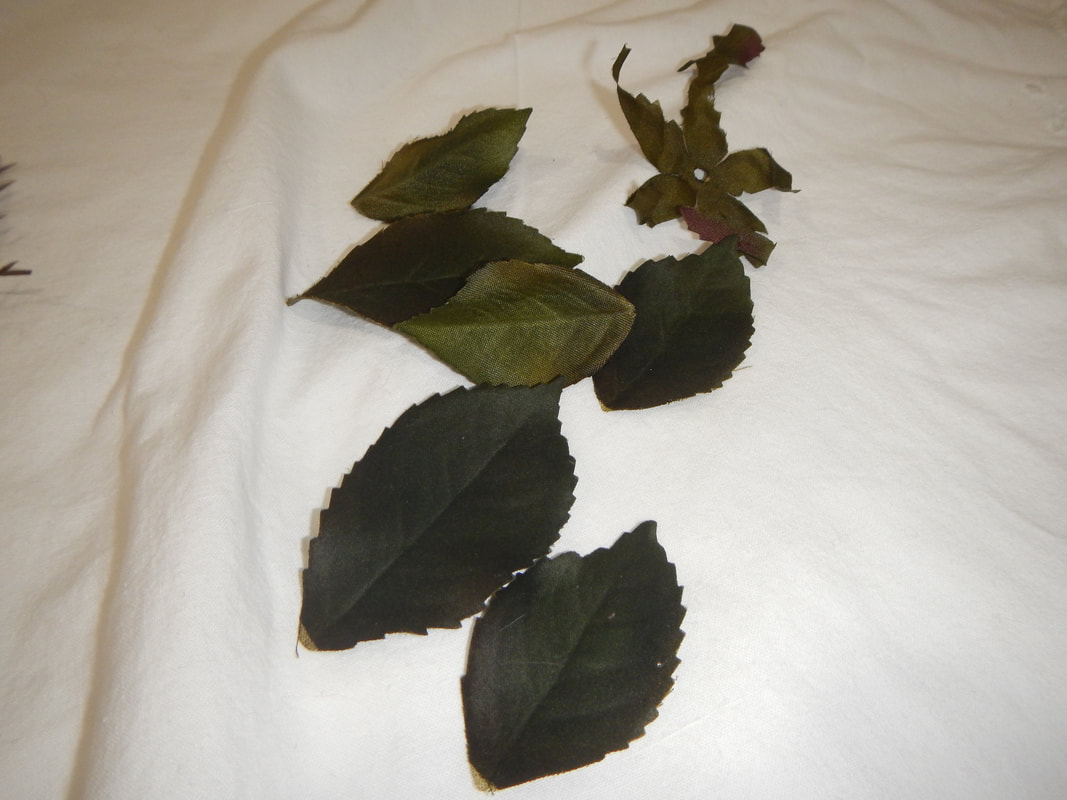
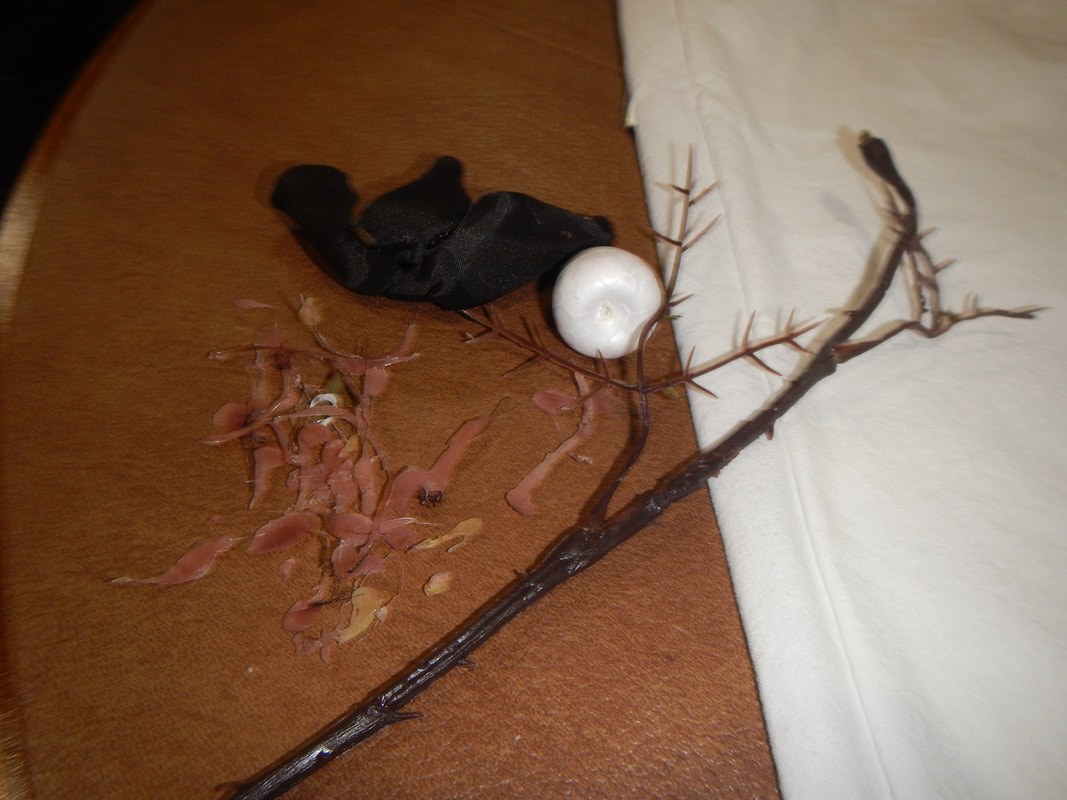
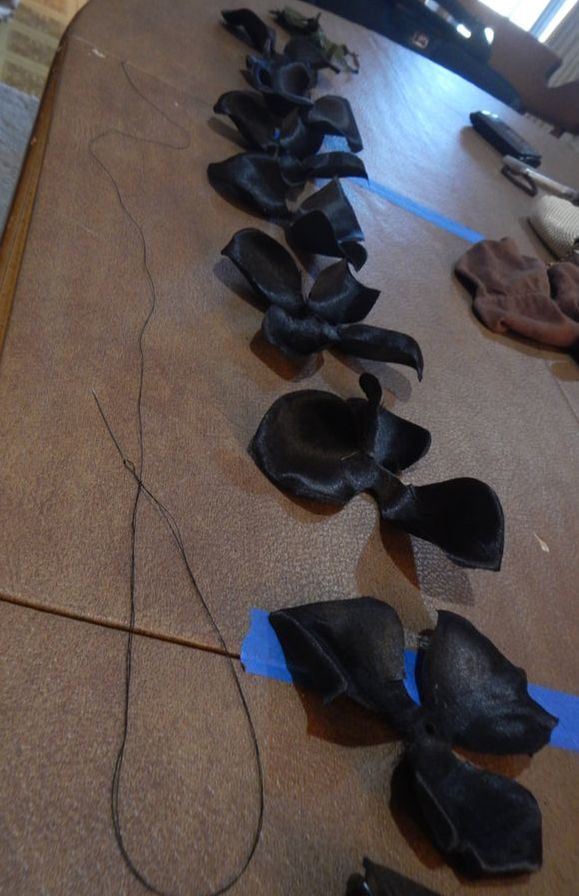
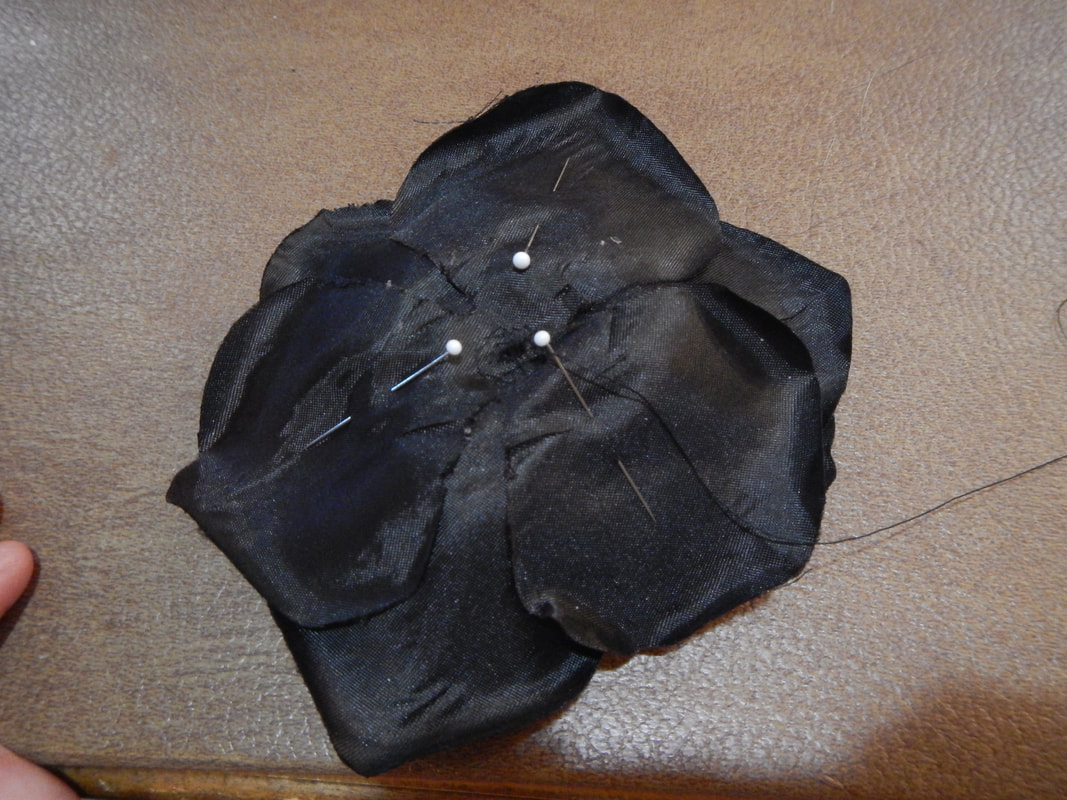
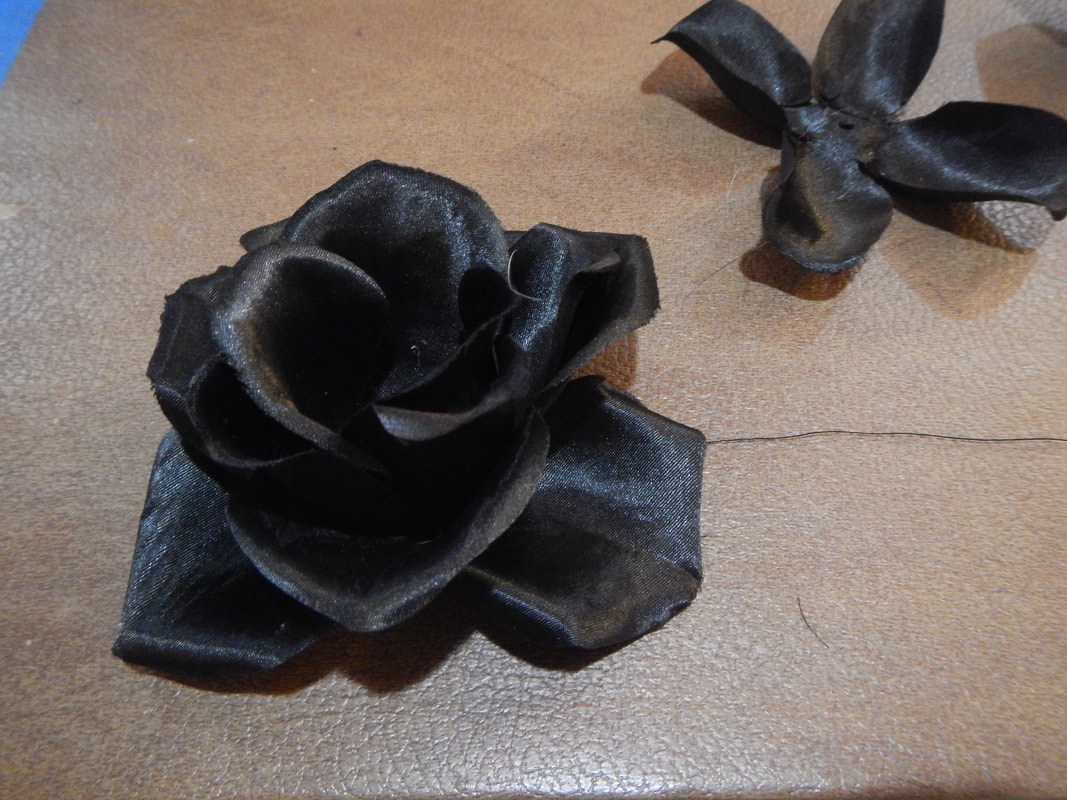
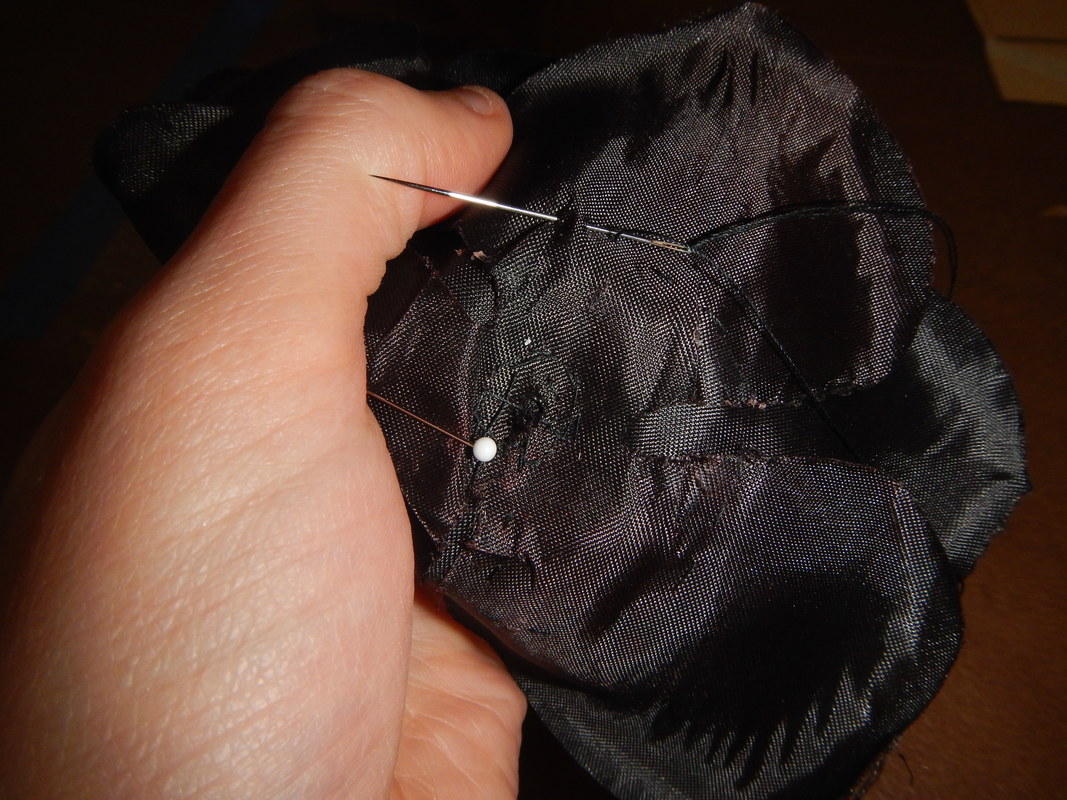

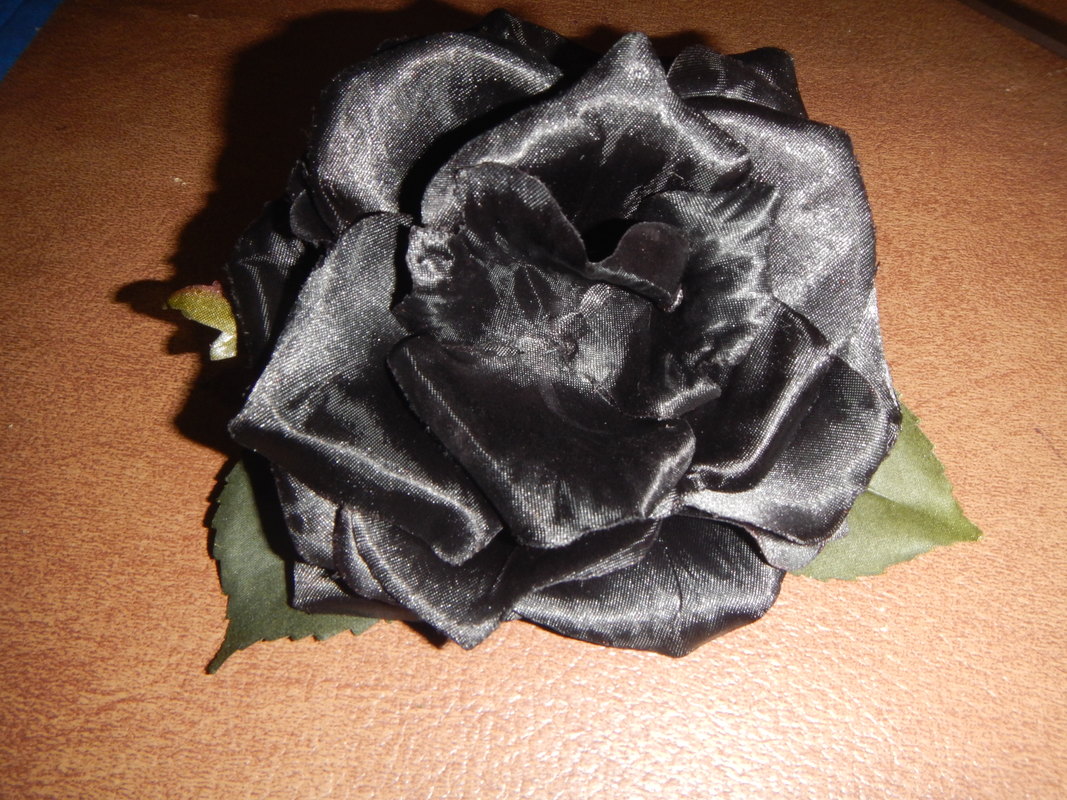
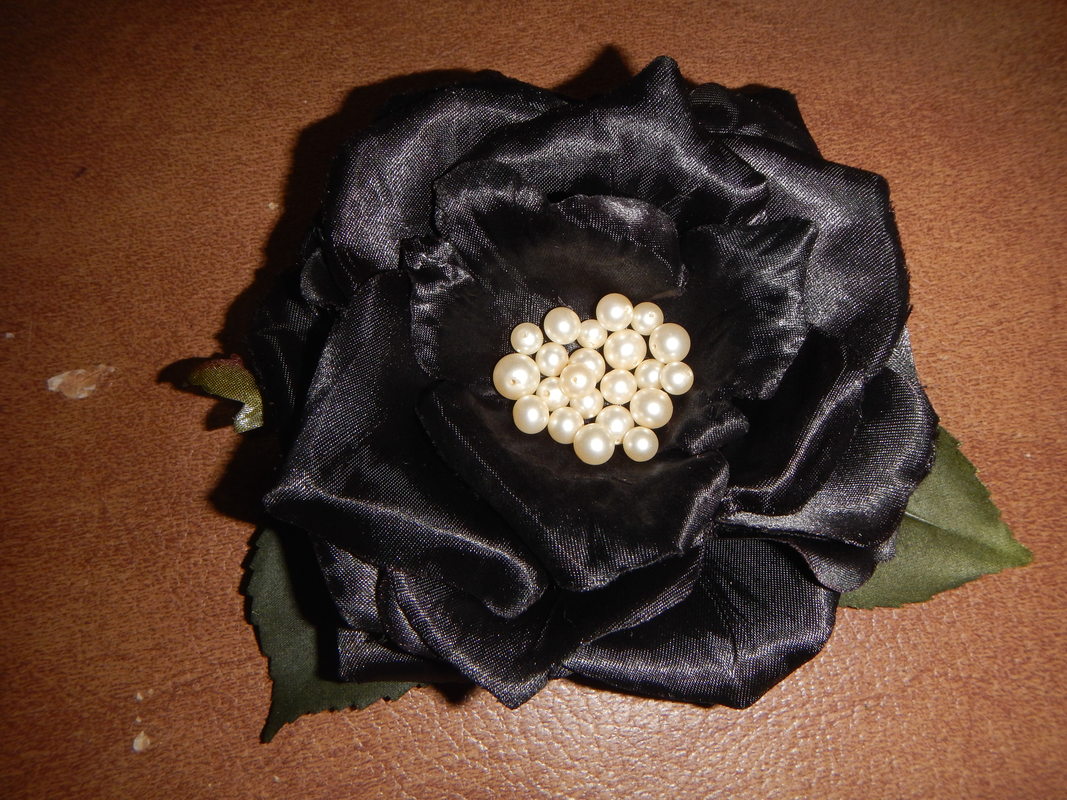
 RSS Feed
RSS Feed